Ondrej Markus
Entrepreneur in ed-tech, building the future of education as a founder and CEO at Playful.
I write about the future of education, designing learning games, and running a startup.
I'm a generalist, introvert, gamer, and optimizing to be useful.
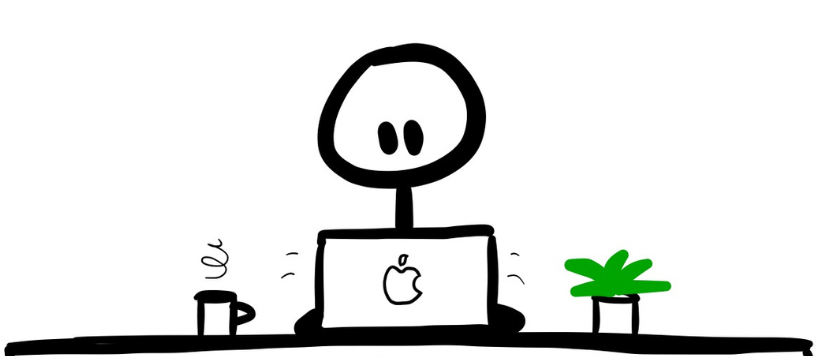
Try this counter-intuitive approach to creative work
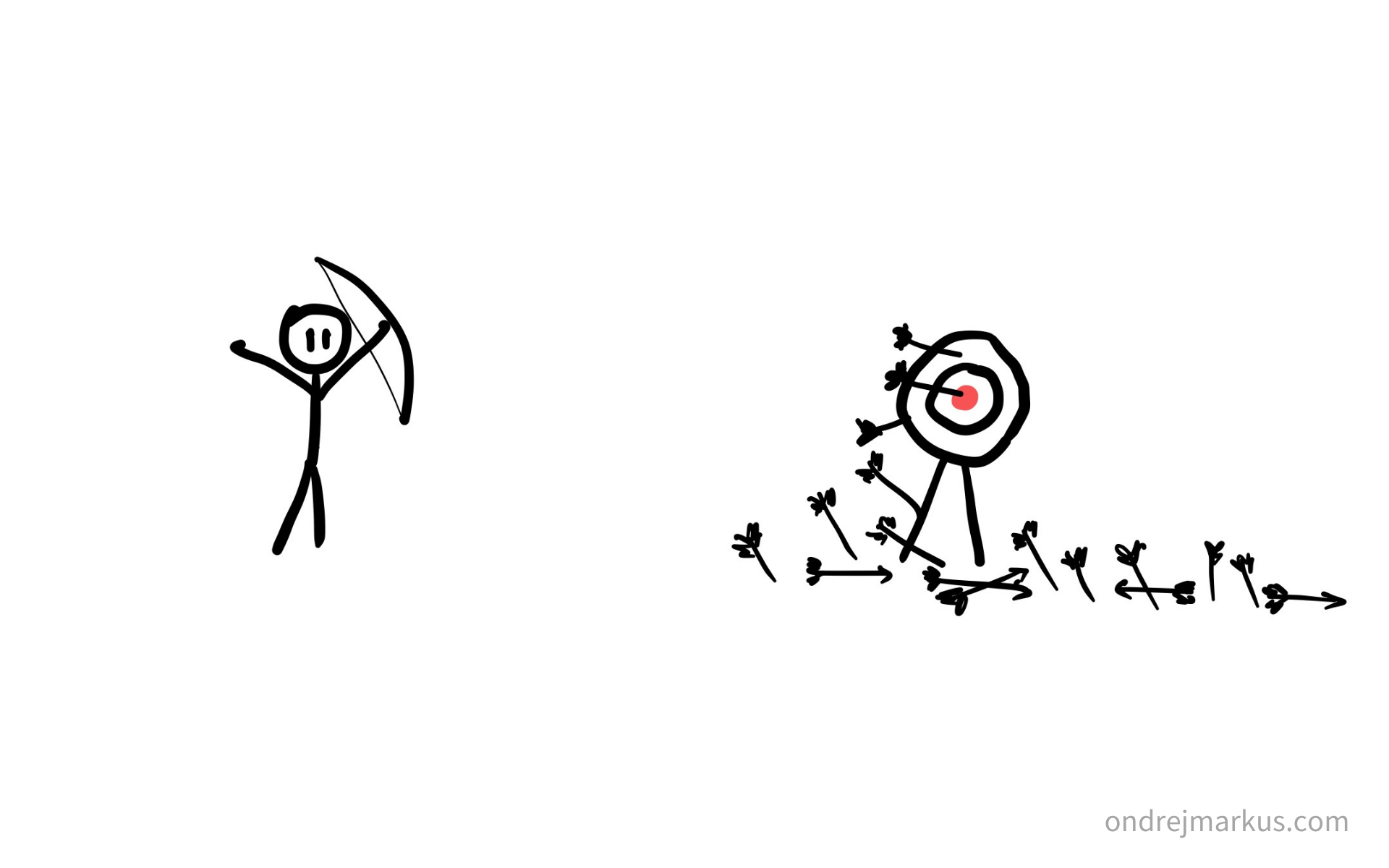
There is a counter-intuitive approach to creative work that changed how I do everything. It breaks old unproductive patterns in our behavior and replaces them with what we knew as kids but forgot.
All of us want to be great at what we do, but we are terrified of what others would say if we screw up. So even when we accumulate enough courage to pursue what we want, the fear of failure kicks in and traps us in a dark place.
The stakes get high, and perfectionism takes over as a self-defense mechanism. Suddenly, we get stuck between our longings for success and the horrors of failure. Perfectionism won’t let us finish. And the fear of failure won’t let us quit.
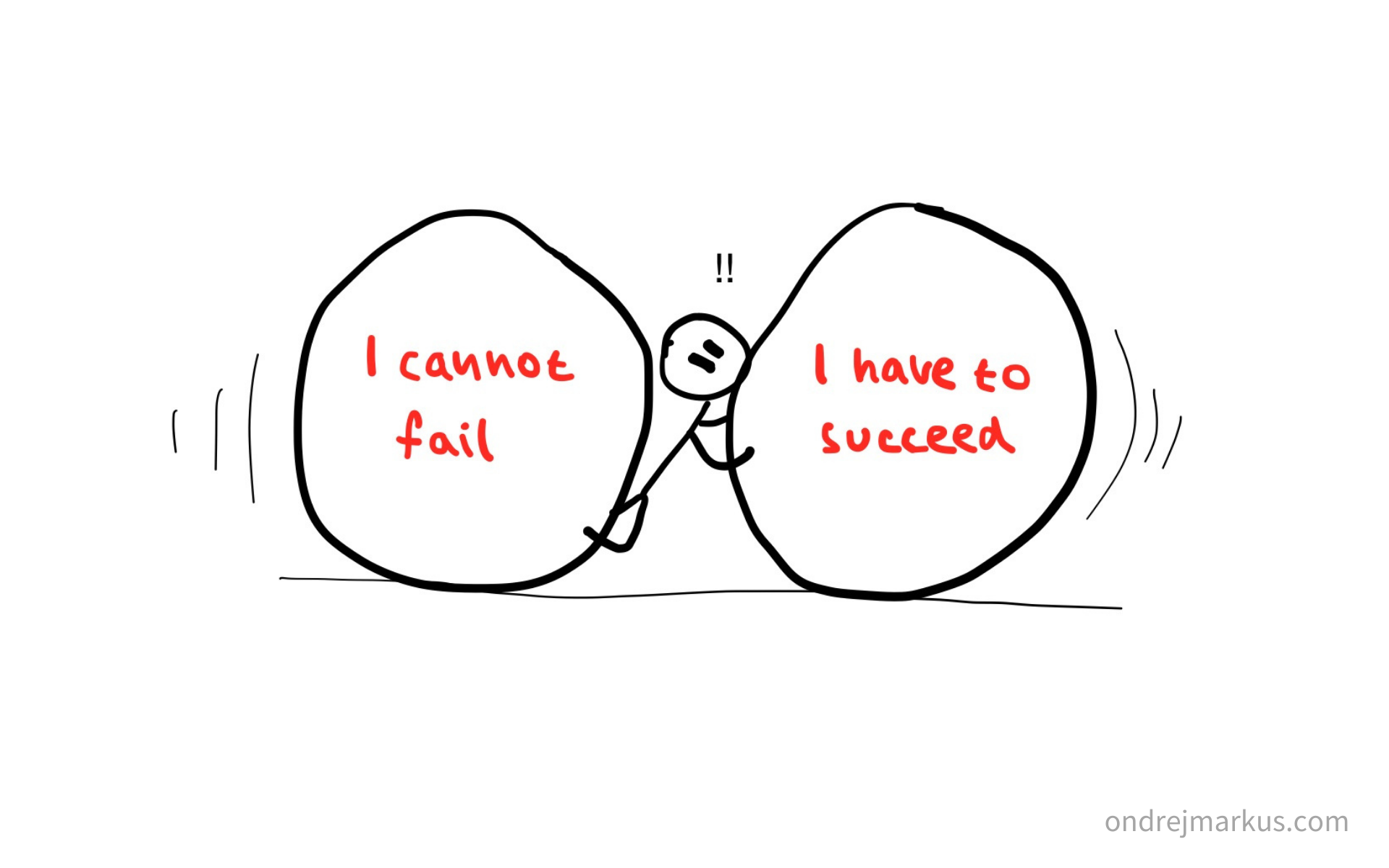
But there is a way to avoid this. The trick is to switch from focusing on quality to focus on quantity.
Quantity numbs the fear of failure
If you do lots of anything, it stops being scary. When you write an article, develop a product, or launch a business in ten different ways, it numbs the fear of failure. So instead of finishing ten projects in years, get it done in months or weeks. Experiment and learn from your mistakes.
But that’s harder than it sounds because we aren’t used to doing this. We got trained out of it a long time ago. It’s a sad story, and I’m going to get angry.
This is how we kill creativity:
When you were about four years old, you probably drew pictures like a maniac. Your tiny fingers clutching crayons zig-zagged over one paper after another with incredible lightness. There were no stakes, no anxiety, no fear of failure.
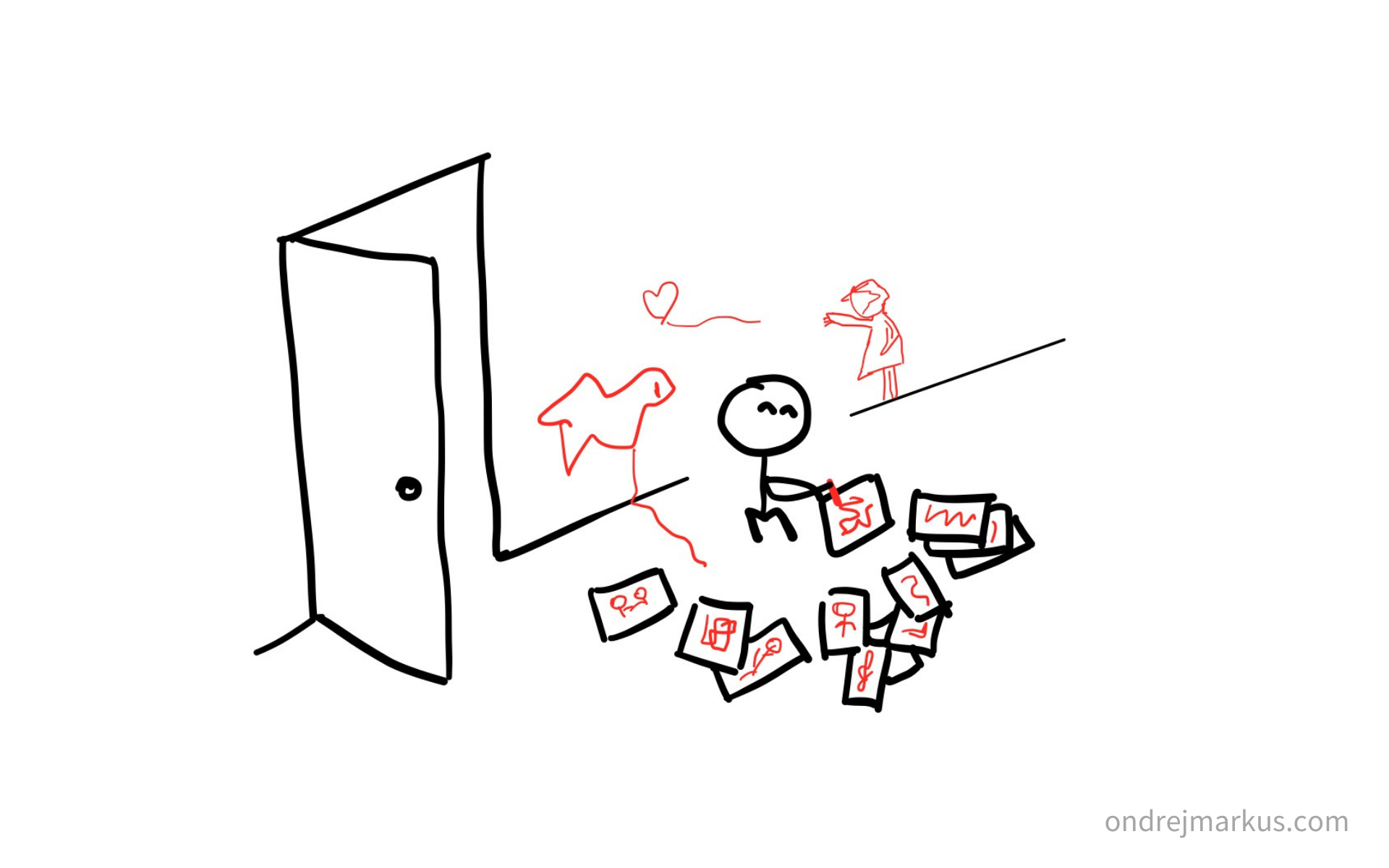
Later, at school, the situation changed rapidly. Now you have one attempt, and you better make it pretty because you’ll get graded for it in 45 minutes. Also, we will compare your work to everyone else, and you wouldn’t want to be the worst one, would you? Good luck, and go.
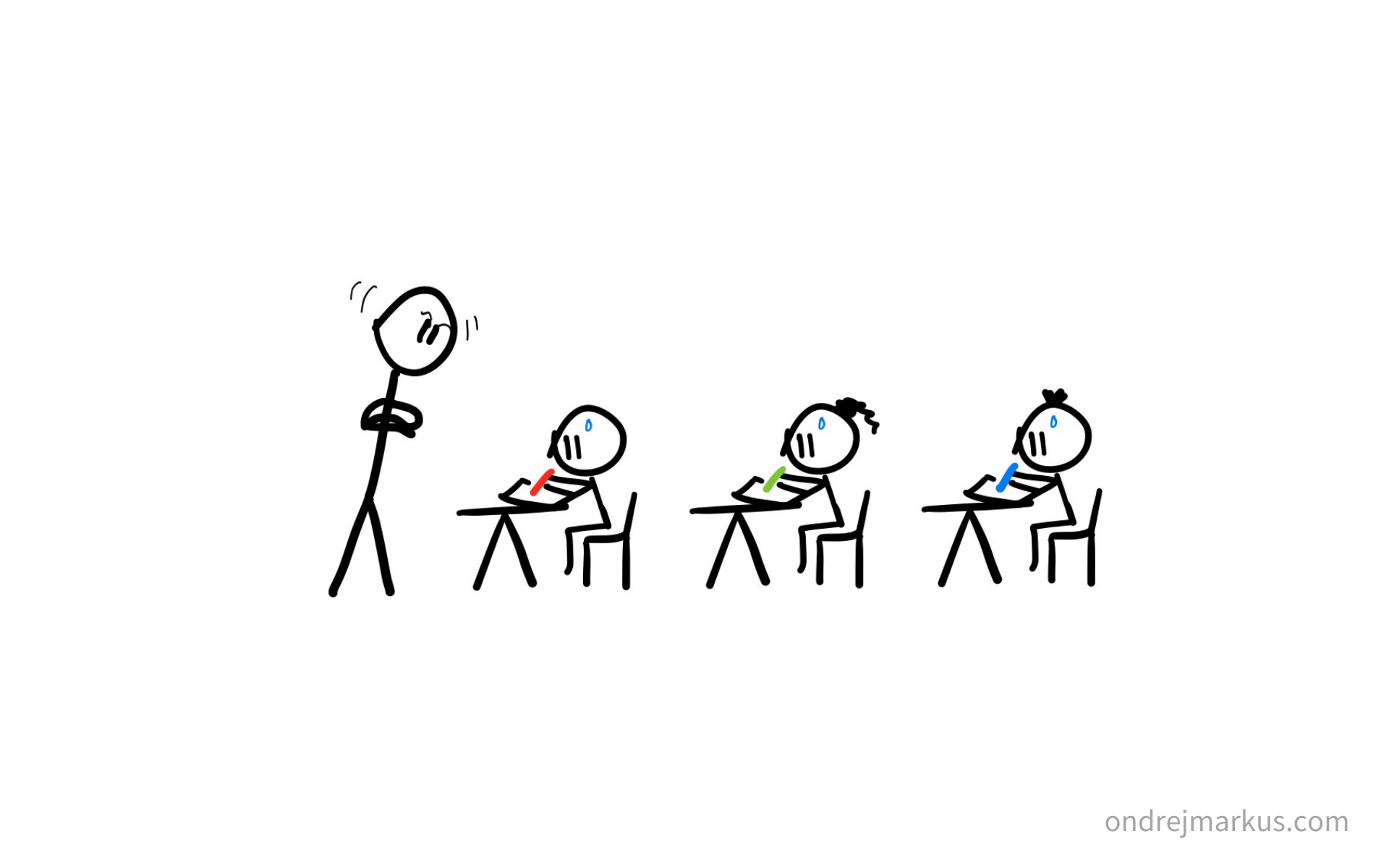
Fifteen to twenty years of this, and here we are. We can’t help ourselves but obsess about perfection. Our fear of failure is a symptom of a cultivated aversion to making mistakes. We learned to focus on quality first to protect our feelings.
Now that I got this trauma off my chest, let’s look at how we can turn it around.
Quantity turns failing into playing
If you want to break this pattern, you need to re-learn the kid’s approach. Practice quantity until it comes naturally again. Fail early while the fails don’t feel like failures at all–it’s like you were playing–just trying things out.
Playing the quantity game will give you the courage to continue trying despite results not being great right away. When you see yourself finishing things, it revives the confidence you forgot you have. I mean, is there someone more confident than a four-year-old?
But, of course, our goal isn’t to create piles of junk instead of doing one thing well. The counter-intuitive part is that focus on quantity will produce better results faster, even though your early attempts will go poorly. We need to get the poor results out of the way to improve as quickly as possible.
Quantity will accelerate your learning
I heard a story from Kevin Kelly (1). It’s from the book Art & Fear by David Bayles and Ted Orland (2), and it shows how quantity works in practice.
In a pottery class, the teacher divided students into two equal-sized groups: a quantity group and a quality group.
The rules were simple: On the final day of the semester, the teacher would weigh the work of the quantity group on a scale. Fifty pounds of pots gets an A, forty pounds a B, and so on. However, the quality group needed to produce only one pot–one perfect piece of work–to get an A.
During the semester, the first group worked on producing as many pots as possible–they focused on quantity. The other group planned and polished just one piece into a state of perfection.
Yet by the end of the semester, a curious fact emerged. All the highest quality pots came from the group graded for quantity. How is that possible?
It seems that while the quantity group was busily churning out piles of work, they learned from their mistakes and improved rapidly. While the quality group ran in circles trying to get it right the first time and ended up with little to show for it.
I like this story because it reminds me that everyone has to muddle through one, two, ten, or sometimes a hundred mediocre results to get better. There is no way around doing the hard work of quantity. No one is excellent on their first attempt.
Look at the early work of your favorite artists, YouTubers, writers, or podcasters. It’s encouraging to see how bad some of it is. I like them even more if they keep their old work online to be found by their fans. It shows us it’s okay not to be perfect when we are learning. And we are always learning.
The bottom line is this: You will get excellent results faster if you focus on quantity first.
How are you going to use the power of quantity in your life?
- How would your writing improve if you wrote one article every week for a year?
- How would your business improve if you tested one new product idea every week for a year?
- How would your social life improve if you met with one interesting person every week for a year?
Or if you are impatient like I am: How would any of them improve if you did it every day for a month?
Quantity is the queen of progress. She’s the shortest path to excellence we forgot we knew. Use her to your advantage.
Footnotes
- (1): The Power of Being Lost | Kevin Kelly on Impact Theory
- (2): Art & Fear by David Bayles and Ted Orland